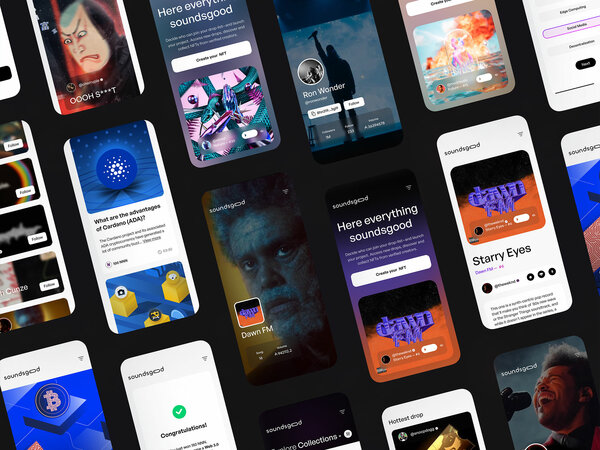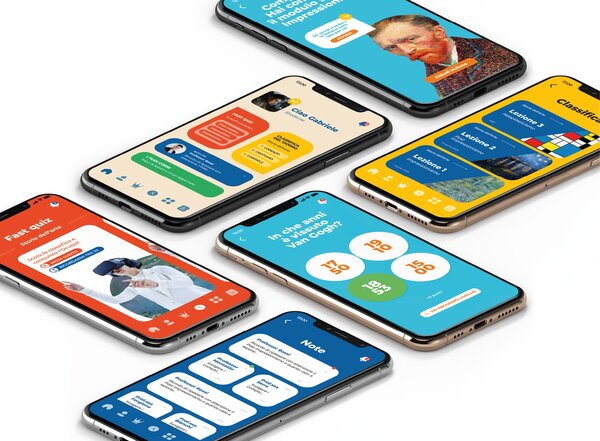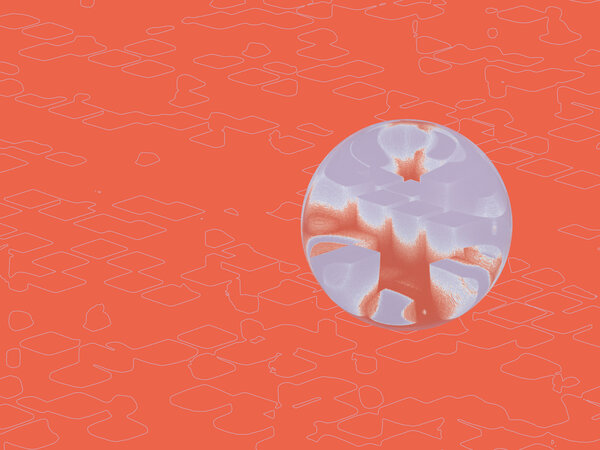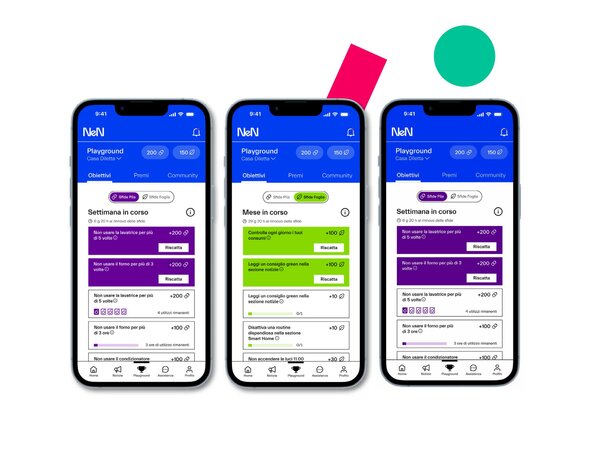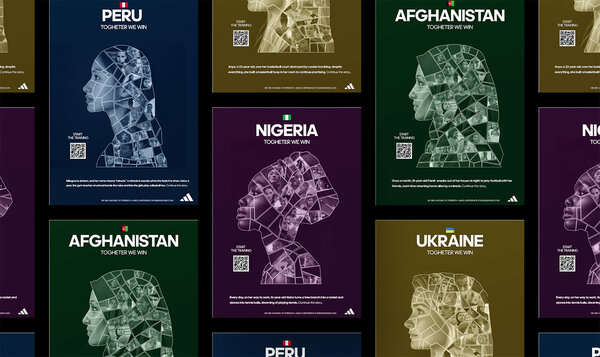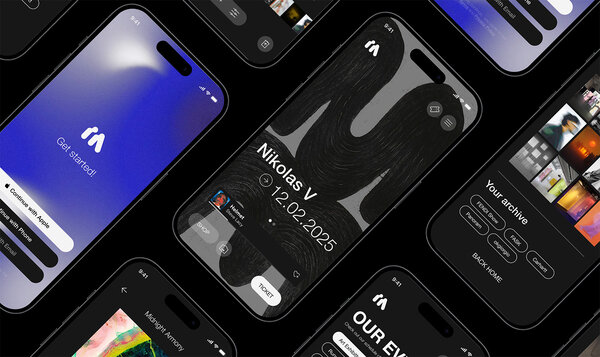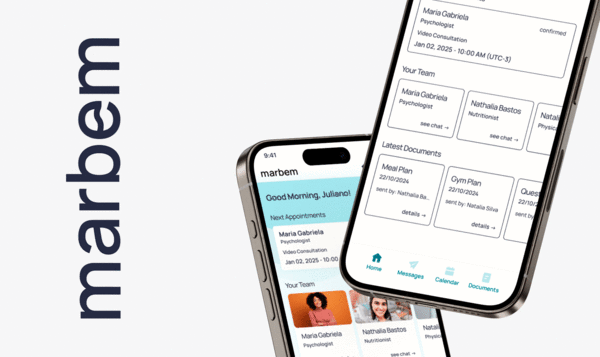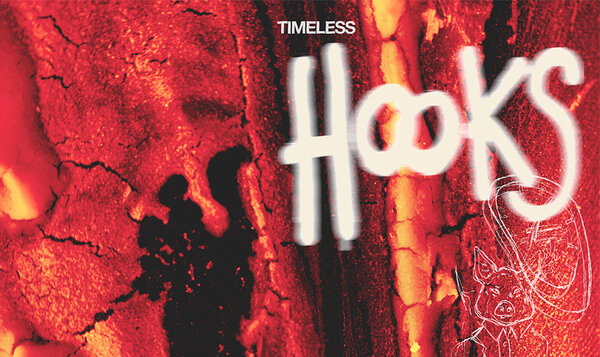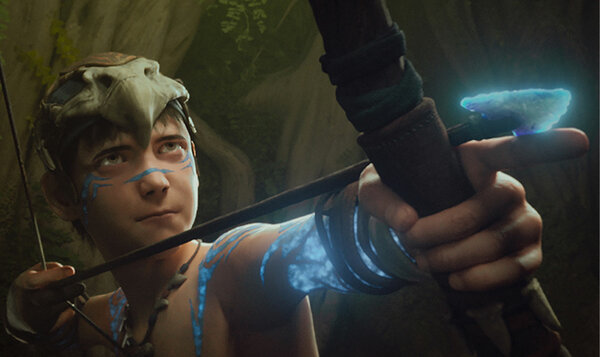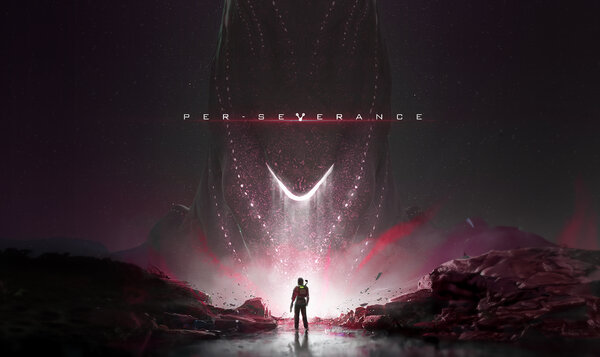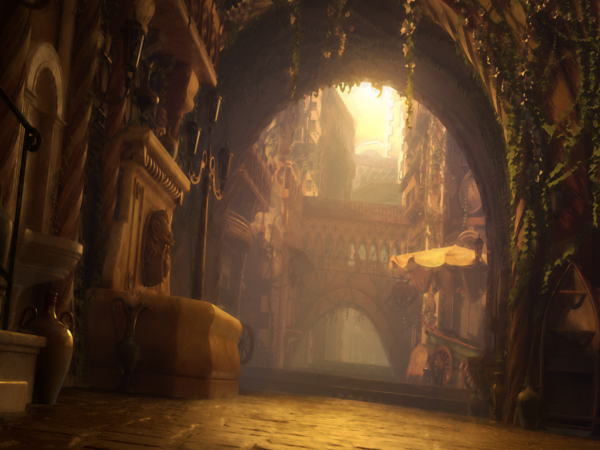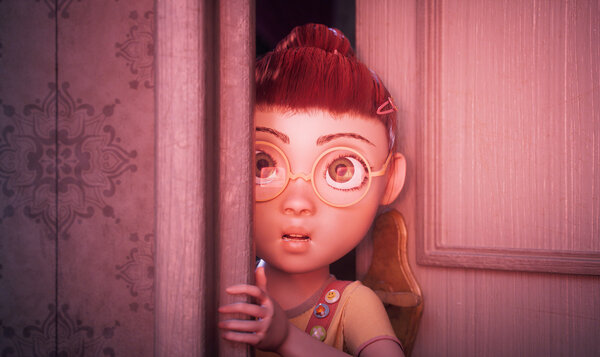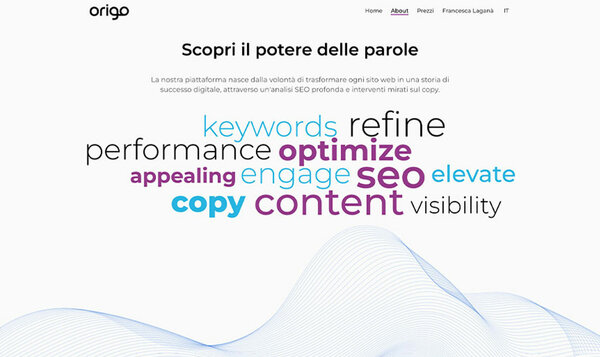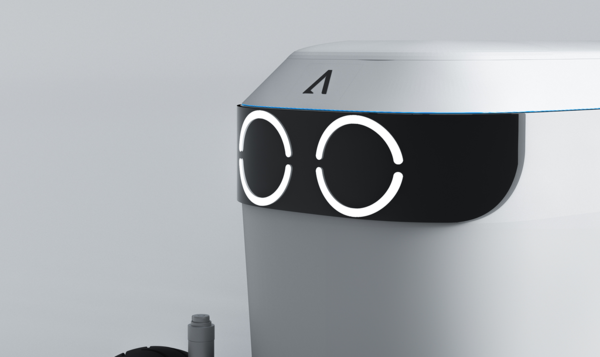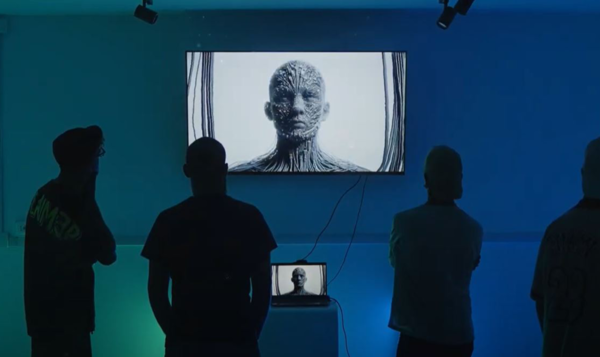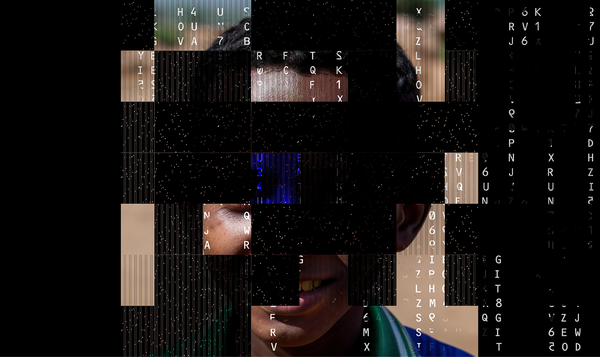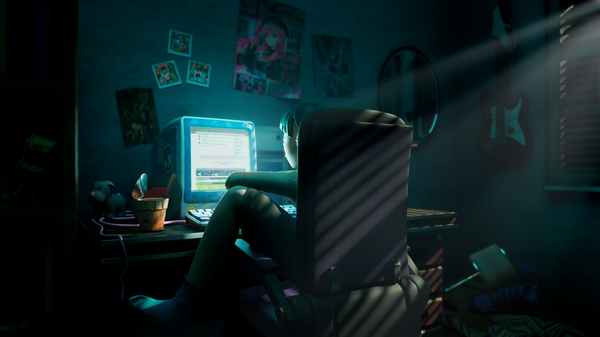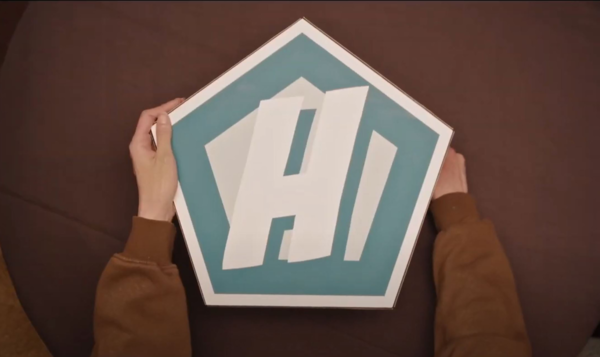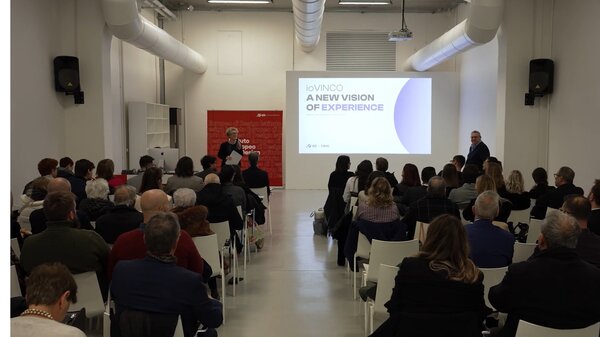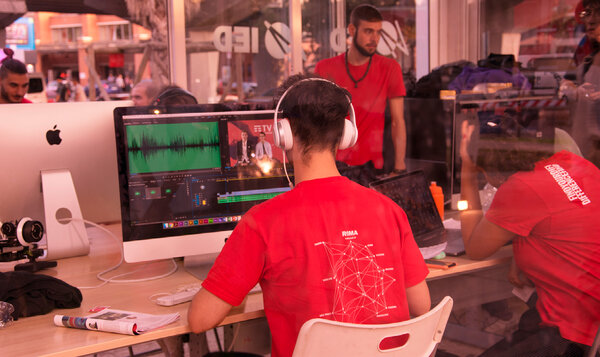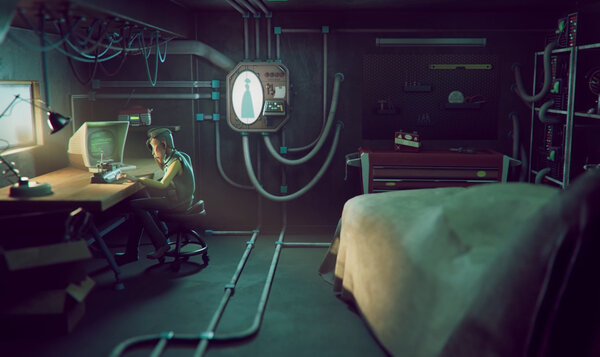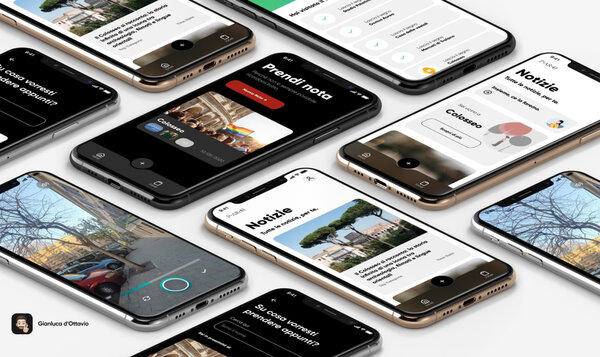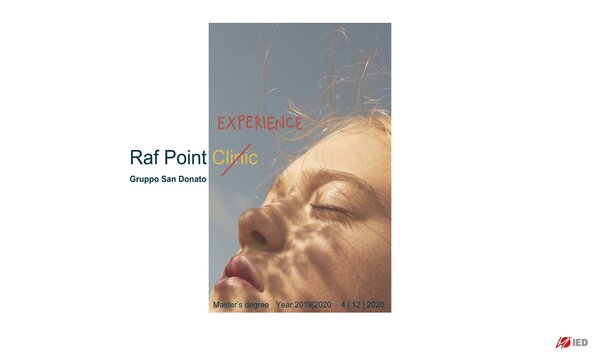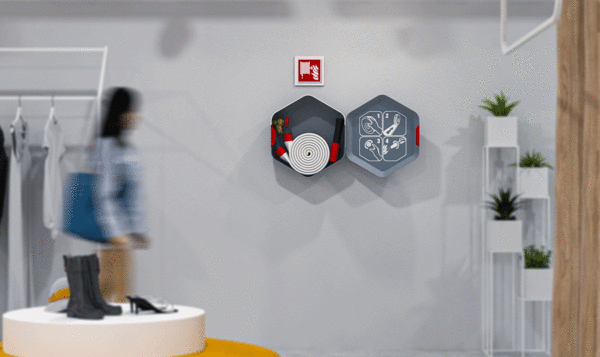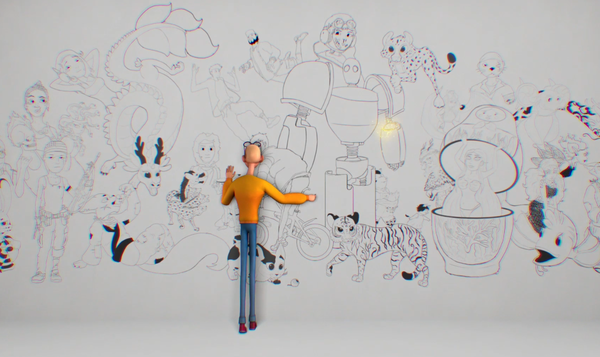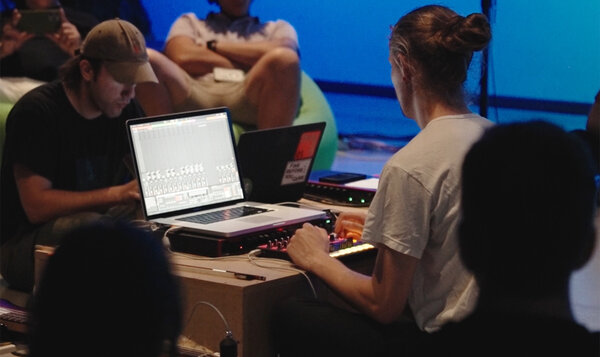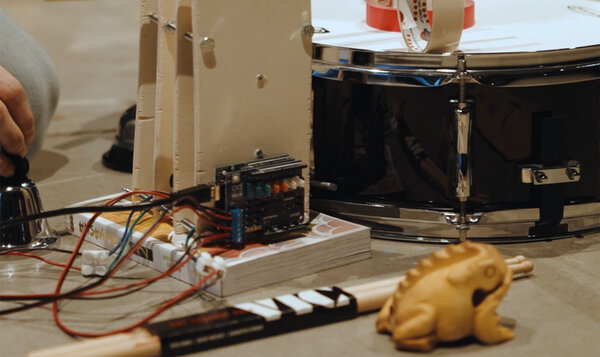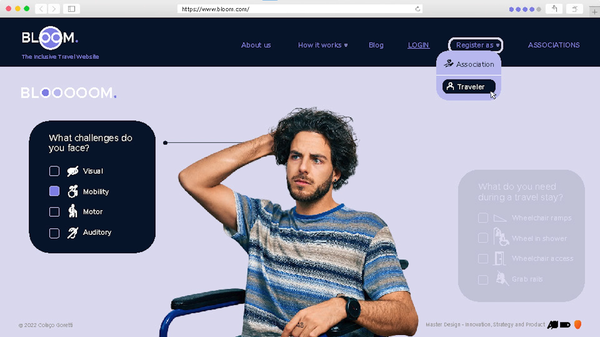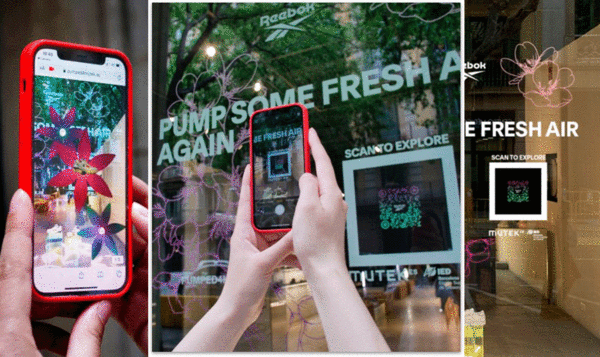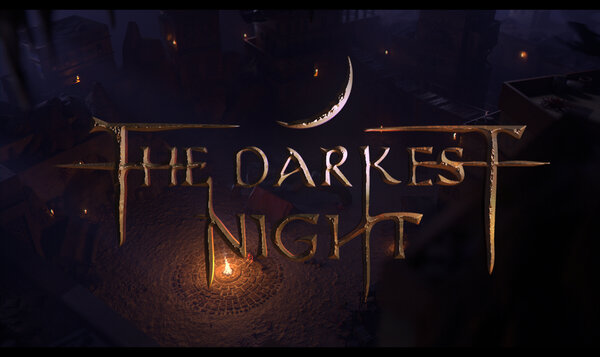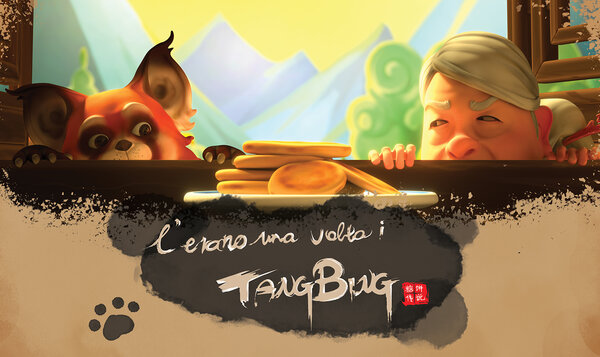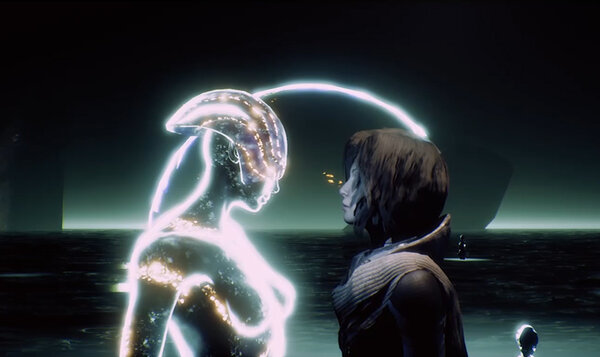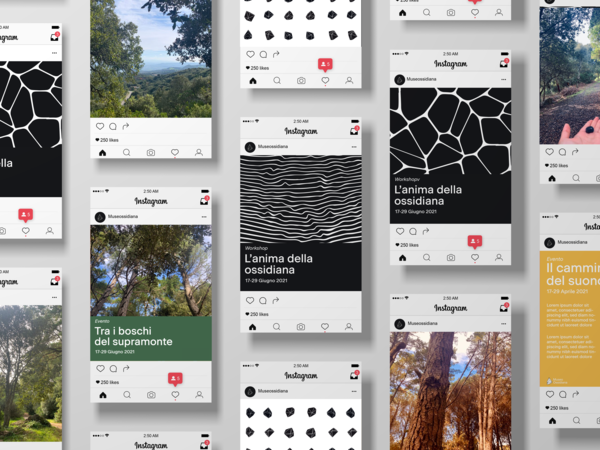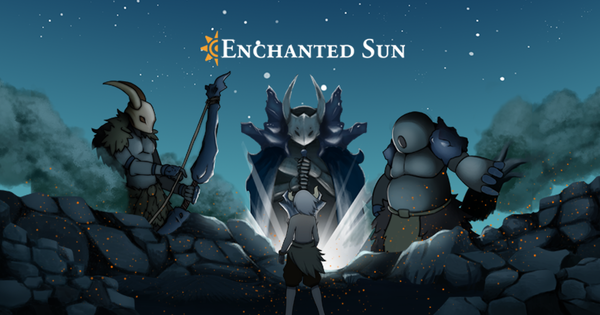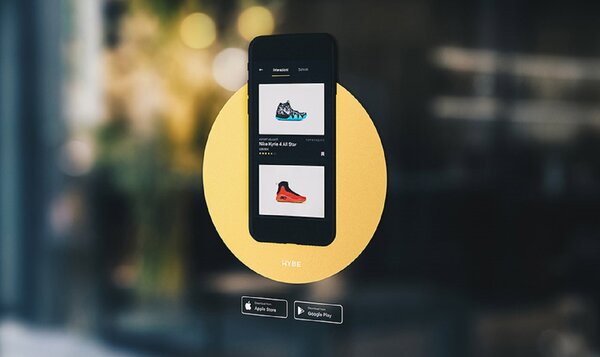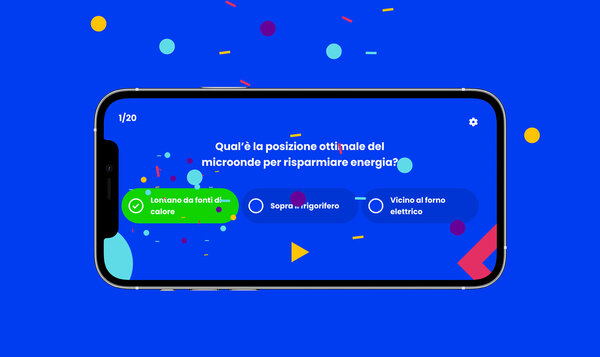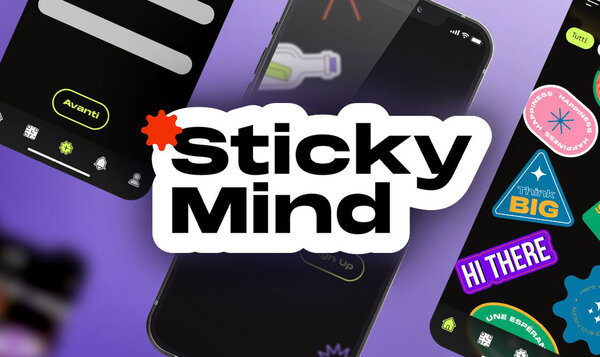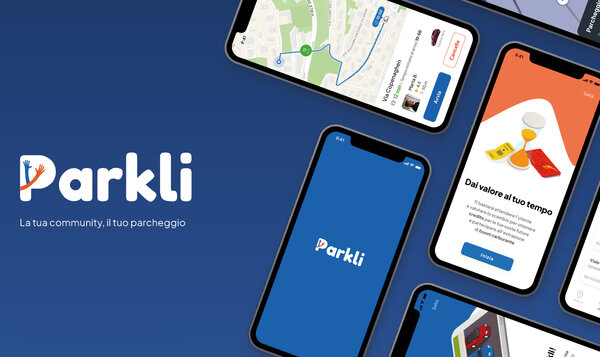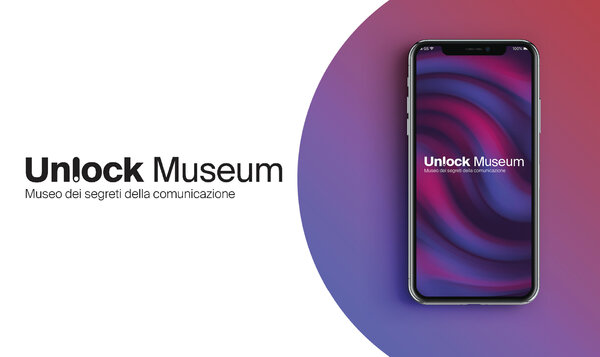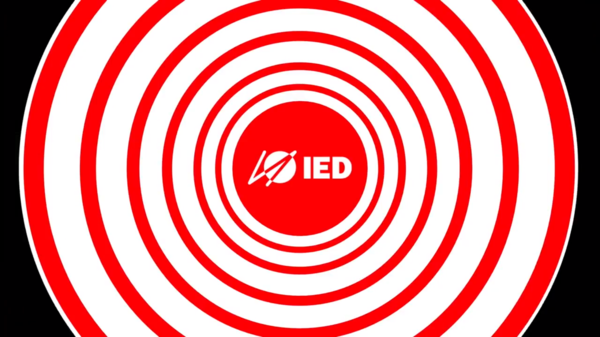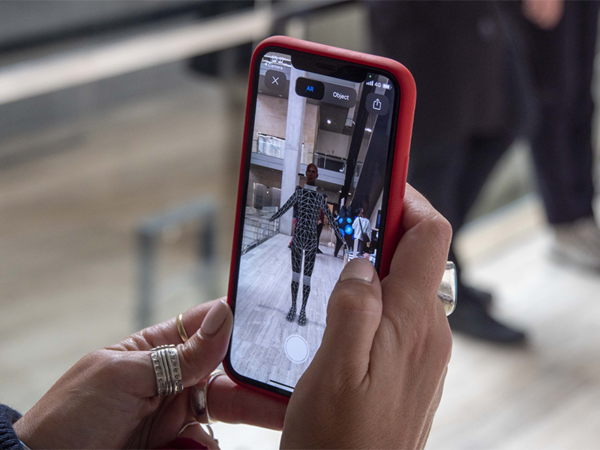
Interaction Designers: who they are, what they do and how to become one
Who they are, what they do
In today's digital landscape, with increasing technological complexity, it is essential to create simple and intuitive user experiences.
The role of the Interaction Designer is to design systems that reduce user effort and optimise the usability of digital products, so as to make technology more accessible and enjoyable for everyone.
Who Interaction Designers are and what they do
In addition to creating aesthetically pleasing interfaces, interaction design is a discipline that is concerned with the functionality and overall experience that the product will provide to the end user.
The aim of an Interaction Designer is to make interaction with technology as natural and intuitive as possible, reducing the learning curve and keeping frustration to a minimum. Through an iterative process of research and testing, this professional works to optimise every aspect of the experience, from navigation to accessibility, ensuring that each element of the interface serves a specific purpose.
The impact of interaction design is ever-present. We encounter it in many aspects of everyday life, such as smartphone interfaces, online banking apps, GPS navigation systems, and customer service chatbots.
Role and responsibilities of an Interaction Designer
During the process of creating digital products, the Interaction Designer deals with a wide variety of issues ranging from analysing user requirements to the design of interaction flows and the creation of wireframes and prototypes.
The work process consists of several stages that may involve:
- Research and analysis: the stage in which the Interaction Designer focuses on identifying the needs and behaviour of target users, laying the foundations for product development.
- Development of concepts and solutions: a phase where innovative ideas and solutions are developed on the basis of previously gathered information.
- Wireframe and prototype creation: at this stage, ideas take shape through the creation of interactive models and prototypes that visually represent the structure and functionality of the product.
- Testing and iteration: the final stage where prototypes are tested with real users, allowing their effectiveness to be evaluated and areas for improvement to be identified. This last iterative process allows the product to be refined based on the feedback received.
A key aspect of the Interaction Designer's role is interdisciplinary collaboration. In fact, this professional works closely with UX Designers, Visual Designers, developers and Product Managers to make sure that the final product is consistent and aligned with the company's goals.
Career options and salary expectations for this professional role
The career of an Interaction Designer offers numerous opportunities for growth and specialisation. Initially, it is common to enter the world of work as a Junior Interaction Designer, working under the guidance of more experienced colleagues to develop the necessary practical skills. With experience, you can take on roles with greater responsibility, like Senior Interaction Designer. These professionals work on complex projects and collaborate with other design professionals. For those aspiring to leadership roles, positions such as Lead Interaction Designer or Interaction Design Manager offer the opportunity to manage teams and influence the company's design strategy, actively contributing to the company's growth.
The salary of an Interaction Designer varies according to experience, location and sector. Generally speaking, the pay is competitive and tends to reflect the importance of this figure in the technological and modern sector. Professionals with advanced experience can expect higher salaries, especially in large companies or within innovative sectors.

IED Open Days
We look forward to meeting you in person at our premises and online, to learn more about our teaching offerings, get to know our services and interact with coordinators, lecturers and students.
Necessary skills and training
To become a professional in this field, it is necessary to develop a range of technical skills that include:
- proficiency in design software (Sketch, Figma, Adobe XD)
- prototyping skills (InVision, Principle)
- knowledge of UX research and usability testing
(iOS, Android, web) - understanding of guidelines for different platforms
Soft skills, such as effective communication, creative problem-solving, empathy and the ability to work in a team, are also important. Interaction Designers must be able to translate complex concepts into intuitive solutions and justify their design choices clearly.
Given the rapid evolution of the industry, it is also essential to maintain a continuous learning approach and ongoing curiosity about new technologies and design trends in order to remain competitive and able to offer cutting-edge solutions. For example, the integration of AI in interaction design brings with it both challenges and opportunities. On the one hand, it requires designers to acquire new skills and rethink traditional interaction paradigms. On the other, when used competently, it opens up the possibility of creating more intuitive, personalised and effective user experiences.
How to become an Interaction Designer
IED offers a wide range of educational courses in the field of interaction design and user experience, designed to provide students with the necessary skills to create innovative, user-centred digital experiences. Options include the Master of Arts course in Interaction Design, which offers an experimental and interdisciplinary programme, including design workshops and collaboration with companies in the sector.
During their training path, students explore core disciplines such as interaction design, user research and UX writing, gaining a thorough and comprehensive understanding of the field. The programme is characterised by its practical approach. Students take on real projects, applying professional techniques such as conducting interviews, rapid prototyping and performing usability tests. Through this hands-on experience, they are effectively prepared for the challenges of the professional world, gaining a competitive advantage in the labour market.
If you are thinking of pursuing a career as an Interaction Designer and/or in the field of user experience and would like to further your skills in this field, IED courses are a unique opportunity. Explore IED's education courses and find the programme that best suits your personal and professional aspirations. And if you are looking for a multi-disciplinary education, you can also discover interaction design and the UX world within other courses, in the areas of Product and Service Design and Transportation Design and Mobility.


